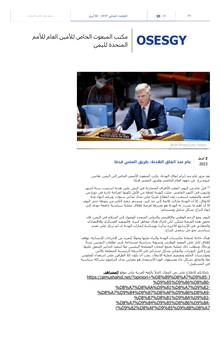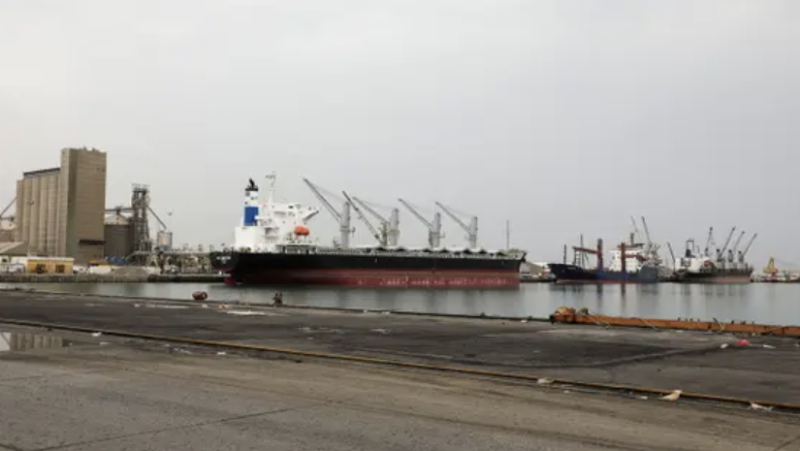Yemen: Rapid Response Mechanism-First Line Response RRM Cumulative Report, Jan - Oct 2022


KEY HIGHLIGHTS
The conflict remains the leading cause of displacement in Yemen. Although a significant decrease in conflict-related displacement has been witnessed since the beginning of the truce, displacement continues sporadically within active frontline areas, while natural disasters such as floods add to the levels of displacement.
Since January 2022, RRM partners enrolled and assisted affected families across 21 governorates (228 districts, 757 sub-districts), reaching 60,834 households (425,838 individuals); accounting for 72 percent of the Cluster HRP target. Sixty percent were newly displaced families (255,997 individuals), while the remaining 40 percent (169,841 individuals) were affected by torrential rains or flooding.
The RRM in-kind response time remains within 72 hours, with an average of five days between registration of a family and receipt of assistance.
The RRM cluster has revamped its data gathering tools to acquire additional information about the specific sectoral needs of displaced households to allow for improved case referrals and specific sectoral response. As of February 2022, the RRM cluster covers information gathering relevant to WASH, protection, and education sectors and connects cases to several key partners in these sectors using weekly updated datasets. The RRM cluster intends to improve its referral processes by improving data security and ensuring more accurate tracking of case referrals.

Paris — The French humanitarian organization Acted announced that it has delivered cash assistance to nearly 89,000 people affected by displa…

Sana’a — Fuel and food imports into ports under the control of Yemen’s Houthi movement on the Red Sea have continued to fall for…

ADEN — Yemen Airways, the country’s national carrier, announced it will resume flights between Aden and Abu Dhabi beginning in January…